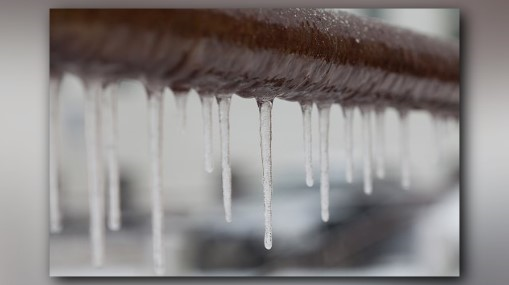Essential Strategies for Preventing Frozen Plumbing in Winter
Essential Strategies for Preventing Frozen Plumbing in Winter
Blog Article
How do you really feel when it comes to 6 Ways to Prevent Frozen Pipes?

Cold weather can damage your plumbing, specifically by freezing pipes. Below's exactly how to prevent it from taking place and what to do if it does.
Introduction
As temperature levels drop, the threat of frozen pipes rises, potentially bring about costly repair services and water damage. Comprehending just how to prevent frozen pipes is vital for homeowners in chilly environments.
Recognizing Frozen Pipes
What creates pipelines to ice up?
Pipes ice up when revealed to temperature levels listed below 32 ° F (0 ° C) for extended periods. As water inside the pipes freezes, it increases, putting pressure on the pipe wall surfaces and potentially triggering them to burst.
Dangers and problems
Frozen pipes can cause water supply interruptions, building damage, and pricey repairs. Burst pipes can flood homes and trigger substantial structural damages.
Indications of Frozen Pipeline
Recognizing frozen pipelines early can stop them from bursting.
Exactly how to recognize icy pipelines
Search for reduced water flow from faucets, uncommon smells or sounds from pipelines, and noticeable frost on revealed pipes.
Prevention Tips
Shielding vulnerable pipelines
Cover pipelines in insulation sleeves or make use of warmth tape to secure them from freezing temperature levels. Concentrate on pipes in unheated or outside areas of the home.
Heating techniques
Keep indoor rooms properly heated, especially areas with pipes. Open up cabinet doors to enable warm air to distribute around pipes under sinks.
Shielding Outside Plumbing
Yard hoses and outside faucets
Separate and drain pipes yard hose pipes before winter months. Install frost-proof spigots or cover exterior taps with insulated caps.
What to Do If Your Pipelines Freeze
Immediate actions to take
If you presume icy pipes, maintain faucets open to ease pressure as the ice melts. Utilize a hairdryer or towels soaked in hot water to thaw pipelines gradually.
Long-Term Solutions
Structural adjustments
Take into consideration rerouting pipes far from outside walls or unheated areas. Include added insulation to attics, cellars, and crawl spaces.
Updating insulation
Purchase high-quality insulation for pipes, attic rooms, and wall surfaces. Appropriate insulation helps preserve constant temperatures and reduces the threat of frozen pipelines.
Conclusion
Protecting against icy pipelines requires aggressive actions and quick feedbacks. By comprehending the reasons, signs, and preventive measures, house owners can safeguard their plumbing throughout cold weather.
5 Ways to Prevent Frozen Pipes
Drain Outdoor Faucets and Disconnect Hoses
First, close the shut-off valve that controls the flow of water in the pipe to your outdoor faucet. Then, head outside to disconnect and drain your hose and open the outdoor faucet to allow the water to completely drain out of the line. Turn off the faucet when done. Finally, head back to the shut-off valve and drain the remaining water inside the pipe into a bucket or container. Additionally, if you have a home irrigation system, you should consider hiring an expert to clear the system of water each year.
Insulate Pipes
One of the best and most cost-effective methods for preventing frozen water pipes is to wrap your pipes with insulation. This is especially important for areas in your home that aren’t exposed to heat, such as an attic. We suggest using foam sleeves, which can typically be found at your local hardware store.
Keep Heat Running at 65
Your pipes are located inside your walls, and the temperature there is much colder than the rest of the house. To prevent your pipes from freezing, The Insurance Information Institute suggests that you keep your home heated to at least 65 degrees, even when traveling. You may want to invest in smart devices that can keep an eye on the temperature in your home while you’re away.
Leave Water Dripping
Moving water — even a small trickle — can prevent ice from forming inside your pipes. When freezing temps are imminent, start a drip of water from all faucets that serve exposed pipes. Leaving a few faucets running will also help relieve pressure inside the pipes and help prevent a rupture if the water inside freezes.
Open Cupboard Doors
Warm your kitchen and bathroom pipes by opening cupboards and vanities. You should also leave your interior doors ajar to help warm air circulate evenly throughout your home.

We were shown that article on How to prepare your home plumbing for winter weather from an acquaintance on a different website. Do you know about somebody else who is fascinated with the subject? Be sure share it. Thanks a bunch for your time. Please pay a visit to our site back soon.
Click Here To Find Out More Report this page